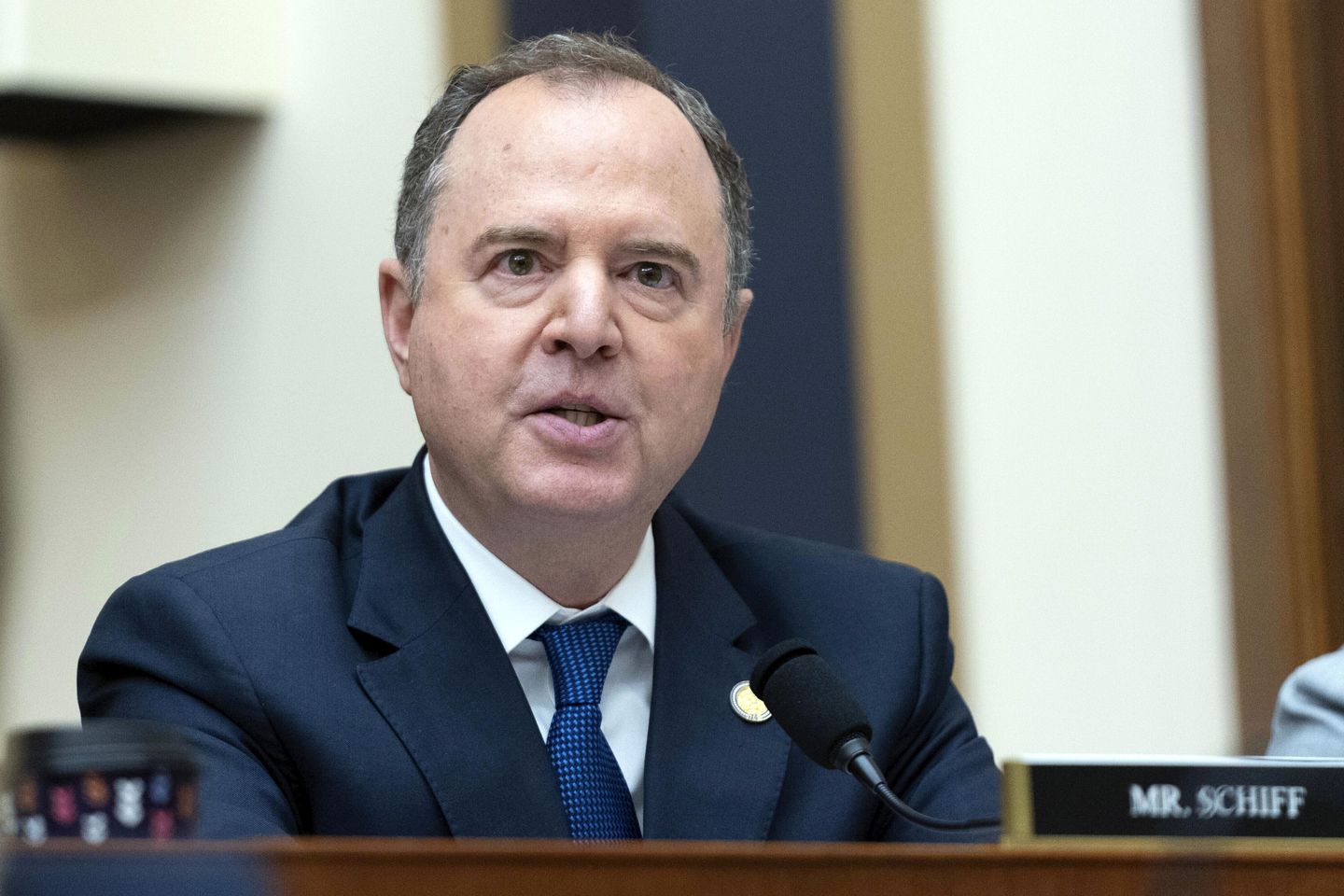On April 24, Iranian President Ebrahim Raisi and his team of ministers concluded a three-day visit to Pakistan. This visit followed January’s tit-for-tat missile attacks, briefly straining relations between the two states.
Raisi’s visit was announced soon after Iran and Israel’s attacks on each other. Conflict watchers thus viewed the visit as Iran’s diplomatic outreach to gather support. For Pakistani analysts, the visit was planned long before and had a different purpose: to discuss the legal issue associated with the much-delayed Iran-Pakistan gas pipeline project, also known as the Peace Pipeline. Though the heads of both states did not explicitly mention the pipeline, Oil Minister of Iran Javad Owji emphasized Islamabad’s interest in the quick operationalization of Iran’s gas exports to Pakistan. He also met his counterpart Musadik Masood Malik, Pakistan’s minister of state for petroleum. Overlooking the United States’ displeasure, Pakistan’s foreign office has reiterated its commitment to the completion of the Peace Pipeline.
In June 2009, Iran and Pakistan signed an agreement on a 2,775 kilometer-long gas pipeline project. Iran has completed its portion of the project, which extends approximately 1,172 km from the South Pars gas field to Gabd, a town near the Iran-Pakistan border. In contrast, Pakistan has made no significant progress on its 781 km section, which it has planned to extend from Gabd through Balochistan to Sindh. The lack of progress is primarily due to U.S. sanctions on Iran. The introduction of the more stringent Countering America’s Adversaries Through Sanctions Act (CAATSA) in 2017 has further hindered Islamabad’s prospects of trade with Iran. With Iran’s direct involvement in the Israel-Hamas conflict, acquiring cheaper natural gas from Tehran has become a difficult task for Islamabad, even Pakistan’s own natural gas reserves are depleting.
U.S. sanctions have significantly restricted Iran’s ability to exploit its substantial crude oil and natural gas resources on the international market. To counter these limitations, Iran has developed sophisticated smuggling networks that involve front companies and intermediary states, helping to sell its crude oil clandestinely. This illegal trade often involves disguising the origin of the oil to evade international sanctions, thereby allowing it to reach markets like China and Pakistan.
The situation with international trade of natural gas is worse for Tehran. Despite holding the world’s second-largest proven natural gas reserves, estimated at around 1,203 trillion cubic feet, Iran’s share of global exports is a mere 1 percent. A lack of facilities to export liquefied natural gas (LNG) has stymied potential growth. Ambitious projects, such as the one at Tombak, were on the verge of completion before being thwarted by international sanctions. Iran thus relies solely on physical pipelines for its natural gas exports, limiting its market to neighboring countries: Turkey, Iraq, Armenia, and Azerbaijan, with Turkey and Iraq together accounting for over 95 percent of Iranian natural gas exports.
Hence, the completion of the Peace Pipeline is critical for expanding Iran’s natural gas market. Iran has already invested significantly in this project and is, therefore, exerting pressure on Pakistan to avoid further delays. For Iran, securing this pipeline is not merely an economic imperative but a strategic necessity to diversify its energy exports and lessen the economic strain imposed by geopolitical constraints.
The United States, however, has consistently warned Islamabad against engaging with Iran, presenting a significant barrier to completing the pipeline project due to fears of U.S. sanctions. Apart from sanctions, the construction of the Peace Pipeline could jeopardize Pakistan’s prospects for long-term bail-out packages from the International Monetary Fund (IMF). For countries under IMF programs, compliance with international sanctions, including those imposed by the United Nations or influential member states like the United States, is crucial. This compliance can indirectly affect the terms and conditions of financial support from the IMF.
Pakistan has not yet formally requested a waiver from the U.S. to proceed with the pipeline, indicating ongoing uncertainty and hesitation in dealing with the potential repercussions of moving forward with the project. Islamabad likely knows that receiving a waiver would be impossible under the current geopolitical circumstances.
For India, Pakistan’s dilemma is a moment of observational learning. India too has a growing energy demand and an interest in securing diverse energy sources. New Delhi therefore must monitor how Pakistan manages U.S. sanctions around the Peace Pipeline, as this could set precedents affecting India’s future engagements with Iran, particularly in energy and infrastructure. If the pipeline advances without significant U.S. opposition, it could enhance India’s opportunities for economic engagement and infrastructure development with Iran, minimizing the fear of repercussions from its strategic allies.
The completion of the first 80 km of the pipeline project in Pakistan will have significant geopolitical and economic implications for Islamabad. If realized, it could mitigate the prospects of Pakistan’s energy crisis and reduce the risk of potential financial penalties. For Iran, it represents a vital avenue to expand its natural gas exports. However, U.S. sanctions and the threat of jeopardizing IMF support loom large, complicating the project’s future. For India, the outcome of this project could serve as a blueprint for managing its energy engagements with Iran, potentially leading to enhanced cooperation and infrastructure development.





















Discussion about this post